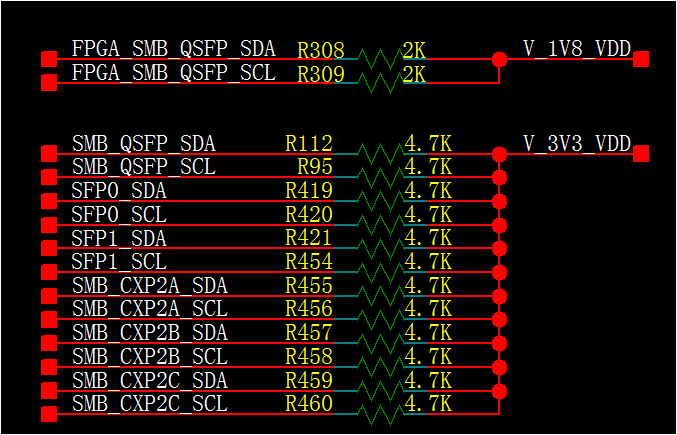Other Parts Discussed in Thread: TCA9548A
Hi Team,
My customer meet a problem on TCA9509,there is an step on every rising edge of SCLA and SDAA when host send data to slave(TCA9509 is slave),the step is locate at the logic high as below shown.
The connection is FPGA<--->I2C BUSA of TCA9509<-->I2C BUSB of TCA9509<-->PCA9548<-->optical module
When FPGA send data to TCA9509 every rising edge of SCLA and SDAA have such step.
When TCA9509 send data to FPGA,there is step at SDAA,but every rising edge of SCLA has such step.
Could you help check the reason of step and is there any risk for I2C operation?
Green curve =SCLA
Purple curve =SCLB
Best Regards,
Nick Dai







